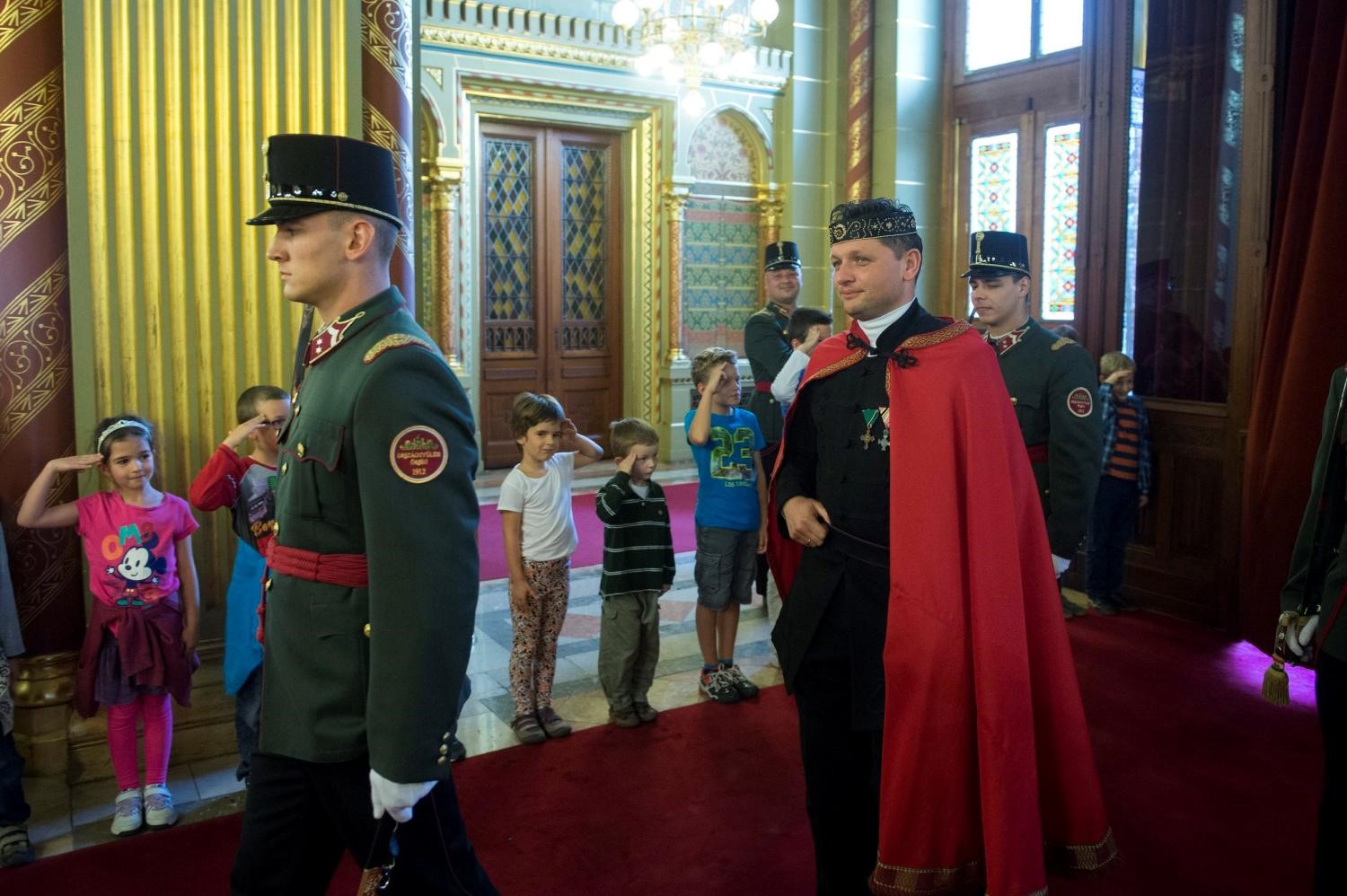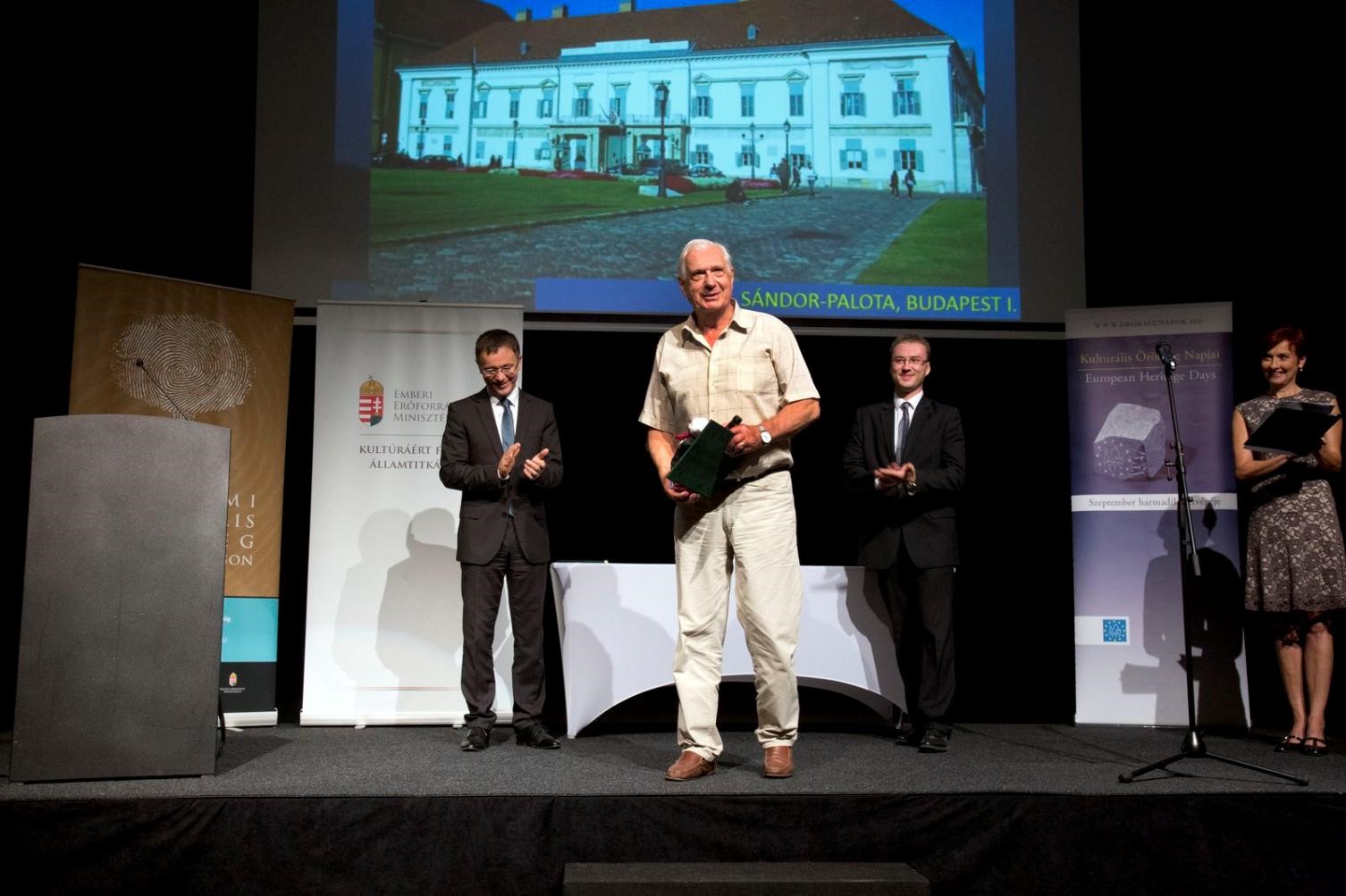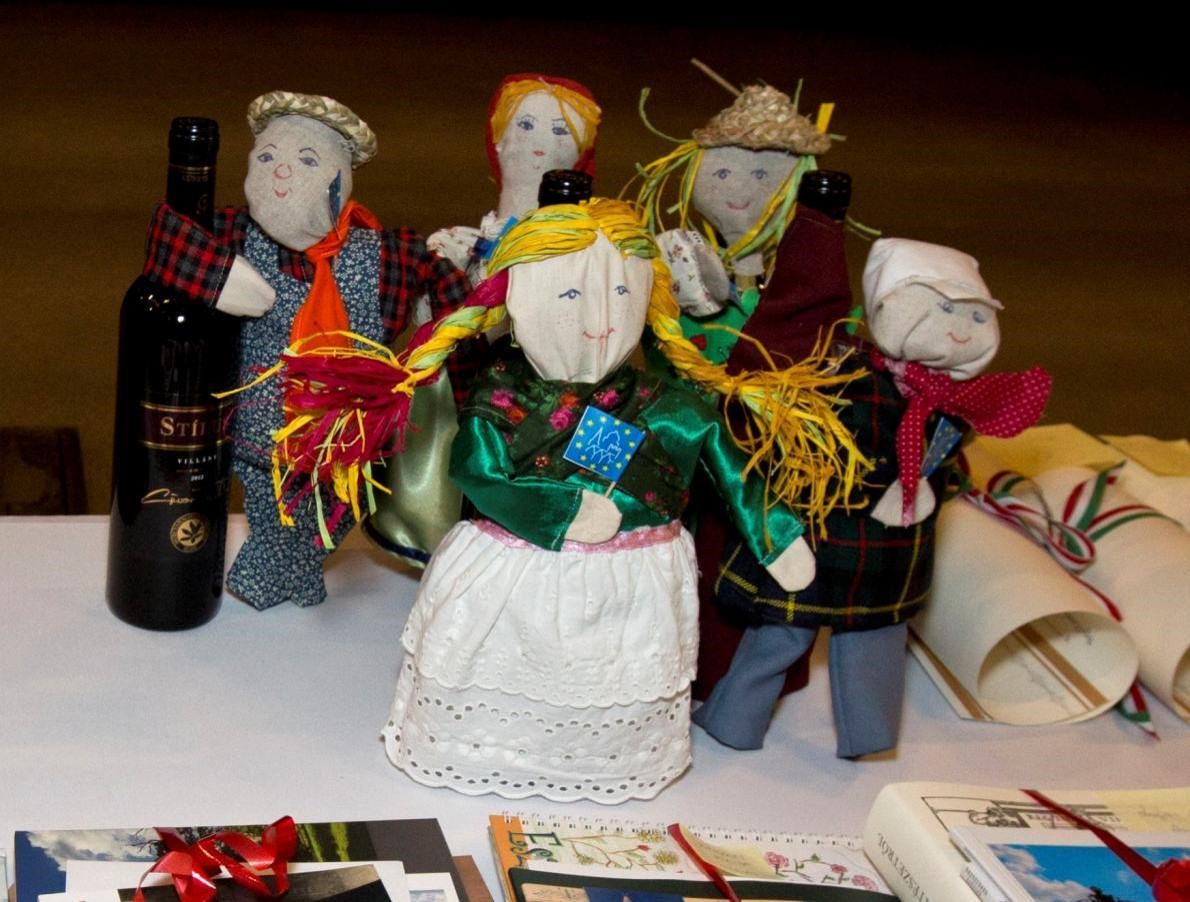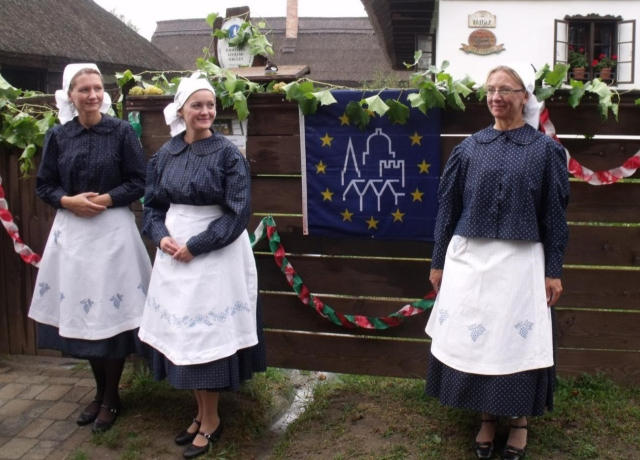From Parliament to Puppets: Experiencing European Heritage Days in Hungary
From Parliament to Puppets: Experiencing European Heritage Days in Hungary
When Hungary first joined European Heritage Days in early 1990s, the event celebrations were limited to only a small number of localities. Year by year, the festival has grown to become a nation-wide cultural adventure and a special date for thousands of Hungarians interested in exploring their local treasures. In 2016, every Hungarian county joined the programme. On the third weekend of September, 300 historic buildings were open to visitors, while 140 heritage walks and 170 other programmes were organised across the country to highlight the richness of its history, tradition and heritage.
Around half of all the events were organised in Budapest, whose marvellous history, architecture and art were at the heart of the celebrations. Numerous museums, galleries and other cultural venues opened their doors for free to offer an opportunity for visitors to uncover a lesser known, yet equally captivating, side of the pearl of Danube.
The National Opening Ceremony that announced the new edition of European Heritage Days celebrations took place at the newly restored Castle Garden Bazaar, Budapest’s architectural jewel that blends art and nature in a unique venue for cultural events. On this occasion, the participants were reminded of the importance of preserving national cultural heritage and taking an active role in its management. Through the European Heritage Days 2016 programme, these values were highlighted through a string of events designed to motivate everyone – young and elderly, experts and enthusiasts, urban and rural residents – to explore history, arts and traditional culture of their country.
Event Highlights: Parliament Tours

As one of the most widely recognised symbols of Budapest, the Hungarian Parliament Building offered a comprehensive European Heritage Days programme that included numerous interactive tours designed for the most diverse audiences. Everyone from experts and researchers to individuals and families could explore its architecture, art and history in a uniquely engaging way. During Role play Tours, for example, the whole families could take part in a game designed to make the building’s history closer and more interesting. The kids were expected to collect the information of the 'disappeared' crown by meeting and talking with the parliament guards and investigating the secrets of the House.
There were also tours intended to enable exploration of the Parliament’s unique architecture. Organised once a year, Dome Tours allow participants to climb the highest point of the dome, with the help of tour guides who are experts of the Architectural Department of the Parliament building. Similarly, the Basement Tours were recommended mainly for building engineers, who could learn more about the history of the mechanical engineering of the building.
In addition of these, the Parliament also organised The Tour of Mural Paintings, which fascinated art historians, while Kossuth Square walks were organized for those interested in the Hungarian history and stories of the statues and buildings at Kossuth square. Museum tours, Library tours, quiz games, exhibitions were also a part of the programme, as well as two concerts: one in the beautiful gothic Reading room of the Library and another one in front of the building of the Parliament.
Recognising Remarkable Work of Community Volunteers

One of the most important novelties of this year’s European Heritage Days programme in Hungary is an official recognition for the most remarkable community volunteers. For the first time in the EHD history, a minister of the Prime Minister’s Office awarded five most active organising community volunteers for their contributions to preserving cultural heritage and raising awareness of its importance through European Heritage Days.
During the National Opening Ceremony, the winners were handed over a symbolic prise - an “EHD puppet,” whose history is an interesting one. Namely, it relates to a small Hungarian village called Sopronkövesd, where people used to put almost two meter tall scarecrows in front of the houses open during the EHD weekend as a sign showing they warmly welcome EHD visitors. This is how small handmade scarecrow puppets have come to symbolize the warm hospitality the European Heritage Days volunteers offer for the visitors.

This year as well, hospitality emanated from all the marvellous historic and cultural sites taking part in European Heritage Days. Gathering individuals and institutions with unique cultural programmes on one side, and thousands of visitors eager to know more about their traditions, on the other, the event helped promote unity and shared European values through memorable experiences.
